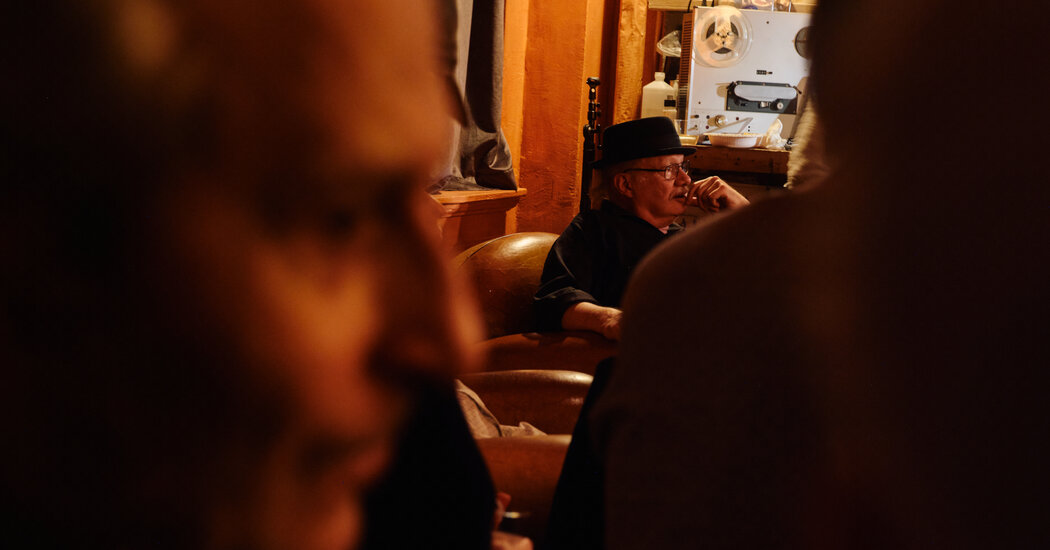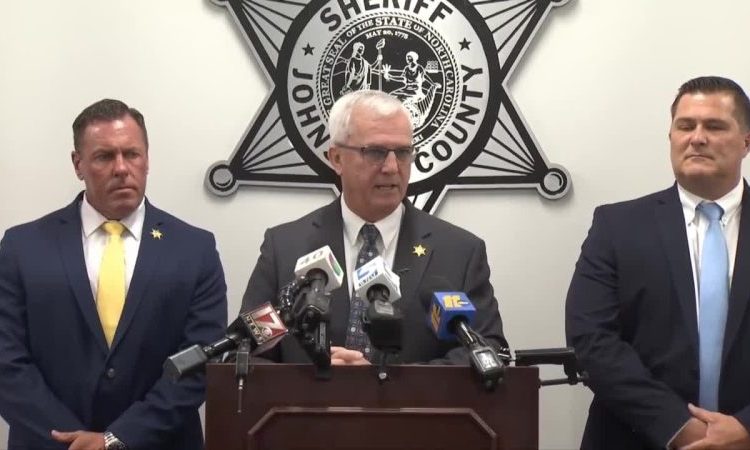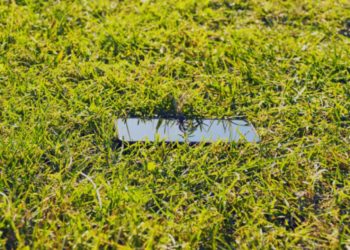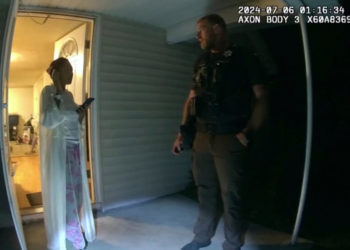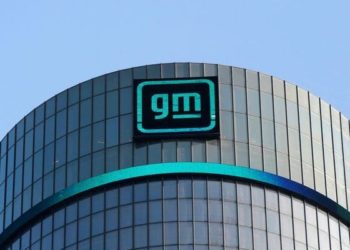At the Hot Club of New York, time bends to the rhythm of the past.
Jazz from the 1910s through the ’50s crackles to life, spun on 78 RPM discs made of shellac. Once you enter through the Manhattan nightspot’s thick red velvet curtains and nab a seat, music flows through a restored vintage hi-fi system: a Japanese Technics SL-1510 turntable from the 1980s, a 1960 McIntosh C20 preamplifier, a 1950s RCA vacuum-tubed amplifier and a single, towering 1940s RCA LC-1 loudspeaker.
It’s mono, not stereo, and the bandwidth is limited. But since 78s were recorded live without postproduction edits, every note carries the immediacy of a live performance.
On a recent Monday night, Matthew Rivera held court at his intimate 30-seat listening room and venue, nestled between housewares shops and nondescript office buildings in the Flatiron district. Rivera, a D.J. at Columbia University’s WKCR and a protégé of the Juilliard professor and jazz oracle Phil Schaap, is the sole curator at the Hot Club of New York, where shelves sag under thousands of 78s, books and magazines. He delivered a brief lecture on Fletcher Henderson, the groundbreaking pianist, bandleader and arranger whose innovations defined the big band era. Then he reached for the records.
The original “King Porter Stomp” from 1933 burst from the speaker with juicy, crisscrossing brass and reed melodies and careening drum rhythms. “The Stampede,” from 1926, featuring a young Coleman Hawkins on tenor saxophone, was jubilant, dense, heated. Lester Young, also on tenor, traded ideas with a young Billie Holiday on a recording of “I’m Fooling Myself” from 1937.
“Seventy-eights have this volume and this intensity and energy that you can really feel,” Rivera, 29, said later. “They’re not high fidelity for the most part, though the end of the era of 78s crosses into the hi-fi era, but the impact and the dynamics and the presence of 78s is really transfixing to me.”
There’s been a boom in high-end, intimate listening spaces in New York since the pandemic, largely inspired by Japan’s postwar jazz kissa — intimate vinyl listening bars where the music commands silence and full attention. While many are bars and restaurants, the Hot Club is distinguished by two things: it’s a nonprofit and only plays shellac 78s.
The 78 RPM disc was the primary medium for music distribution during the first half of the 20th century, replacing cylinder recordings. Although the Long Player (LP) and 45 RPM disc were introduced in the early 1950s, 78s were produced concurrently — and originally were created from beetle secretions. They remained a way to purchase recorded music in the United States until the close of the ’50s. Internationally, production continued into the 1960s. You can even find 78 RPM discs of the Beatles.
The Hot Club, which is owned by Rivera and the family of Melissa Jones — a jazz scholar who died in 2021 and specialized in research on Hot Clubs from the early 1930s into the Swing Era — holds about 10,000 discs, gleaned from a 20,000-disc donation and other major gifts. Locked away in a cabinet, Rivera keeps his especially rare and valuable 78s, which include “Me and the Devil Blues” by Robert Johnson; “Squabblin’” by Walter Page and His Blue Devils and “Stockyard Strut” by Freddie Keppard and His Jazz Cardinals.
“I feel like I don’t really own these, and I need to live up to the responsibility that people have put and entrusted in me,” Rivera said of the collection. “There’s a reason that they gave these 78s to me, because of what I’m doing and trying to share them with other people.”
Previously located at 15 Barrow Street, the former home of the jazz mecca Café Bohemia, the Hot Club’s current scarlet-walled sanctuary offers cozy seating and dim lighting that evoke the clandestine allure of a 1920s speakeasy or a Jazz Age New Orleans bordello. The name was inspired by the Hot Club de France, where the guitarist Django Reinhardt and the violinist Stéphane Grappelli enthralled audiences in the 1940s. Rivera said there were American Hot Clubs “dating back to the 1930s.”
“Melissa started the Neo Hot Club movement out of her house in Morristown, N.J., where Phil, myself and other students would go.” Rivera explained. (Schaap, a jazz D.J. and historian, died in 2021.) “Those were the first Hot Club meetings of this generation, starting in 2015.”
The member-supported New York Hot Club includes such patrons as the American jazz vocalist Catherine Russell and the sax player Vince Giordano, who leads the Nighthawks, the house band at the Birdland jazz club.
Every Monday, devoted members and nonmembers gather to experience the raw spirit of early-20th-century jazz and blues via rare recordings, many of which have never been digitized. Presenters spin 78s focused on the exuberant bebop of Charlie Parker, swing’s driving rhythm, impassioned blues, the sophistication of Duke Ellington or the fiery energy of “territory bands” — jazz/dance orchestras of regional, not national, repute. Through the vintage sound system, these old records surge with sonics so rich, present and propulsive that the listening experience feels like a revelation.
Later, members step up to play their own 78s. Free red beans and rice adds a homey touch. There’s a $25 entrance fee, and beers cost five dollars each.
The crowd that gathers in this intimate space is small and local, but live Zoom broadcasts draw a wide audience. There are also occasional live performances. As the Hot Club’s reputation grows, snagging a seat has become a game of luck and persistence.
“I like thinking that someone was listening to the same record a hundred years ago, perhaps dancing around their apartment as I often am when I listen to a 78,” said Quinn MacRorie, a 39-year-old member. “I think 78s have value as a cultural object as well. It’s kind of magical and amazing that the very beginning of recorded music is still so accessible to us.”
The club offers “Jazz 101,” a series of courses on the history of the music, and a three-hour class about 78 RPM discs. It also has an archive of thousands of hours of downloadable essential jazz recordings dating from 1913 to 1950, transferred from 78s. For piano players, the Hot Club has a restored 1876 Steinway.
Rivera said the most frequent comments he hears about the club are, “‘This is like going into a complete, immersive experience.’”
“I wanted that to be the case,” he said, “but I’m so happy that that is the experience people are having.”
The post A Sacred Space Where 90-Year-Old Jazz Records Reign appeared first on New York Times.
